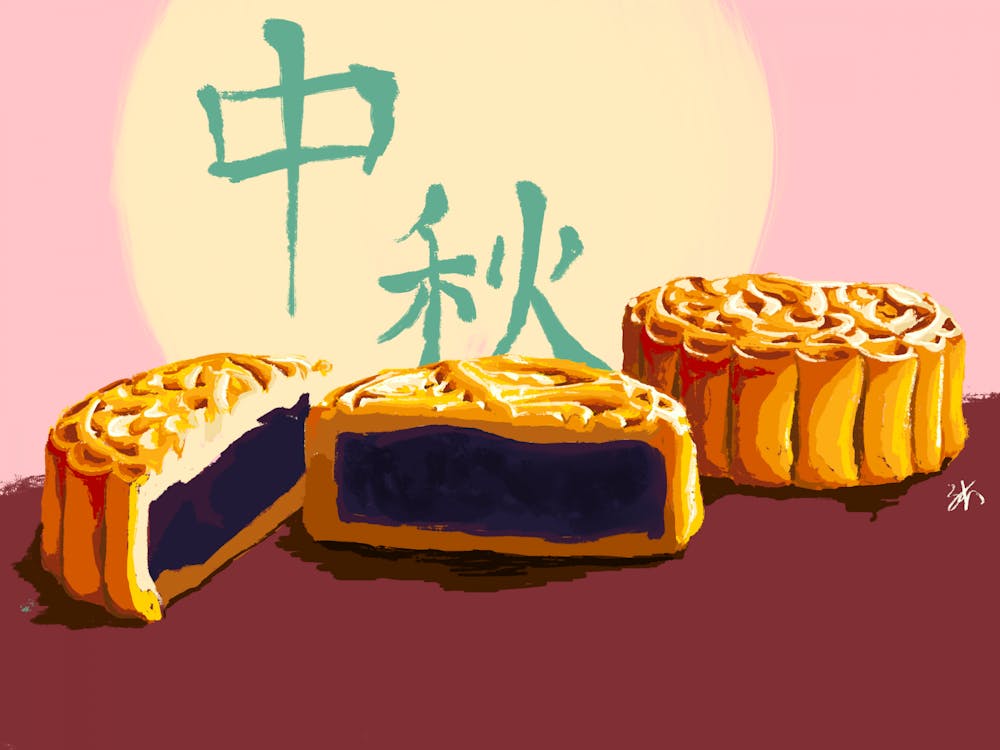The Mid–Autumn Festival, also known as the Moon Festival or Mooncake Festival, is commonly celebrated in many Eastern and Southeastern Asian cultures on the 15th day of the eighth month of the Chinese lunisolar calendar. The festival dates back over 3,000 years to a time when ancient Chinese emperors worshiped the moon in the autumn to express their gratitude for the preceding harvest.
Nowadays, the festival is a celebratory family reunion and includes children expressing their filial piety (孝顺, xiào shùn). Oftentimes, families will gather to enjoy mooncakes and other traditional dishes, and to appreciate the full moon in the evening.
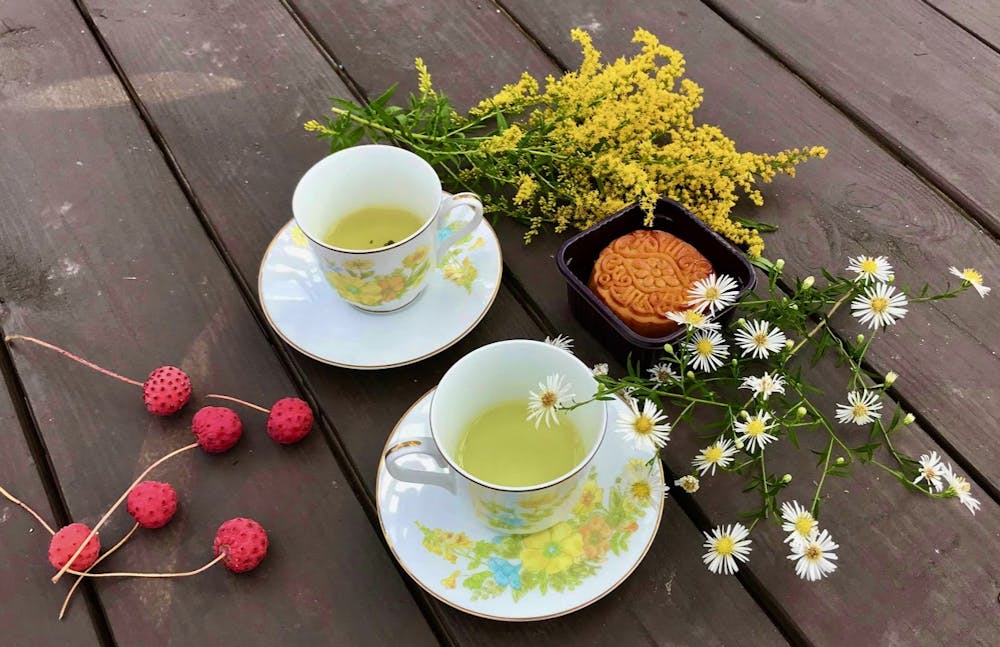
Photo courtesy of Professor Hạnh Nguyễn
This year, the celebration fell on Thursday, Oct. 1st. However, the COVID–19 pandemic has changed how a number of members of our community chose to celebrate. Street sat down with five Penn students and two Penn professors to discuss how they managed to connect with their heritage in the midst of a global pandemic.
While many students would usually be away from home this time of year, recent events have allowed them to celebrate the festival with their families.
Sara Xin (E ‘24) explains that the Moon Festival represents the unity of families gathering together and has always been a cherished way for her to connect with her heritage. “As an Asian American, the celebration in the past has allowed me to appreciate my own culture in a Western–centric country," she said.
In previous years, Sara's community would have a potluck complete with traditional dishes from different Chinese provincial roots to celebrate the festival.
This year, however, each family had to observe the holiday on their own. Yet, they still managed to keep the spirit of togetherness alive by delivering mooncakes to each others’ doorsteps. Sara also celebrated via video call using WeChat and Skype to speak with her family and friends residing in China, Still, the virtual format did not offer the same lively or “热闹, rènào” atmosphere as an in–person celebration would.
Anthony Hu (C ‘24), a Philly native, shared a similar experience. According to Anthony, while the festival was one of the rare times in the year where his extended family could have dinner together and spend time in each other’s presence, celebrations looked a bit different this time “While in years past, family and friends would gather at my house to have a party, this year my family stayed at home to enjoy a batch of mooncakes delivered from my cousin in Boston.”
Meanwhile, in Cincinnati, Ohio, the festival was very different for Teddy Weng (W ‘23) and his family, who usually plan one of the city’s largest celebrations of Chinese culture at Fountain Square, complete with food vendors, lantern parades, and movie screenings. The festival stems from the collaboration between Vibe Cincinnati and The Greater Cincinnati Chinese Cultural Exchange Association, along with a host of sponsors and partners.
Due to the pandemic, the event was held virtually this year with a series of cooking videos posted on the GCCCEA Cincinnati’s Youtube Channel. Despite the change in format, the hosts hope that these clips will continue to amplify the region’s multiculturalism and bring Chinese culture to individuals of all ethnic backgrounds.
Teddy also highlighted other new ways that GCCCEA Cincinatti was able to share the celebration of the Mid–Autumn Festival through non–virtual means. “Since the city is home to many refugees, some members of my community, including my parents, have brought mooncakes to them to facilitate cultural immersion,” he said.
For Hans Wu (C ‘23), an international student from Beijing, China, the pandemic meant that he was able to celebrate the Moon Festival with his family at home for the first time in five years.
“This year, unfortunately we have COVID–19, but fortunately, I am able to stay at home and spend some time with my family, even outside of Beijing, in Hangzhou,” he explained.
Paying homage to the festival, his family toured West Lake, a popular Hangzhou tourist attraction. During the evening, three ancient beacons are lit up, casting several moon reflections on the lake. When asked how people have taken precautionary measures, he explained that because there have been very low numbers of confirmed cases in Hangzhou, most people did not wear masks and were not social–distancing in the park, adding a sense of normalcy to the festivities.
“It felt weird, as mandates in Beijing are very different from Hangzhou. Beijing requires everyone to wear masks and has public checking points via an app. I was relieved that I was able to spend time with my family in a more relaxed environment,” he noted.
For Jacqueline Wu (C’ 24), an international student from Hong Kong, the festival is a time where she and her family gather and watch people play with lanterns and glow sticks in a local park. This year, they saw a sizable amount of people out, but everyone was wearing masks and social distancing.
When asked if families have been able to eat in restaurants—a Mid–Autumn Festival tradition for many—she said, “With the four person limit at a table, huge families cannot really gather in restaurants. This has perhaps brought people to celebrate at home more so this year.”
One of the downsides of celebrating during the pandemic is that many families have refrained from visiting the elderly. Hans and Jacqueline both shared that to prevent the possibility of infecting their grandparents, their families decided to either deliver food to each other or to talk over video call.
Instead of everyone sitting together at the table, Jacqueline’s grandmother cooked the usual food and made her family take their meals to go. Anthony’s grandparents were unable to visit him, as traveling is highly discouraged.
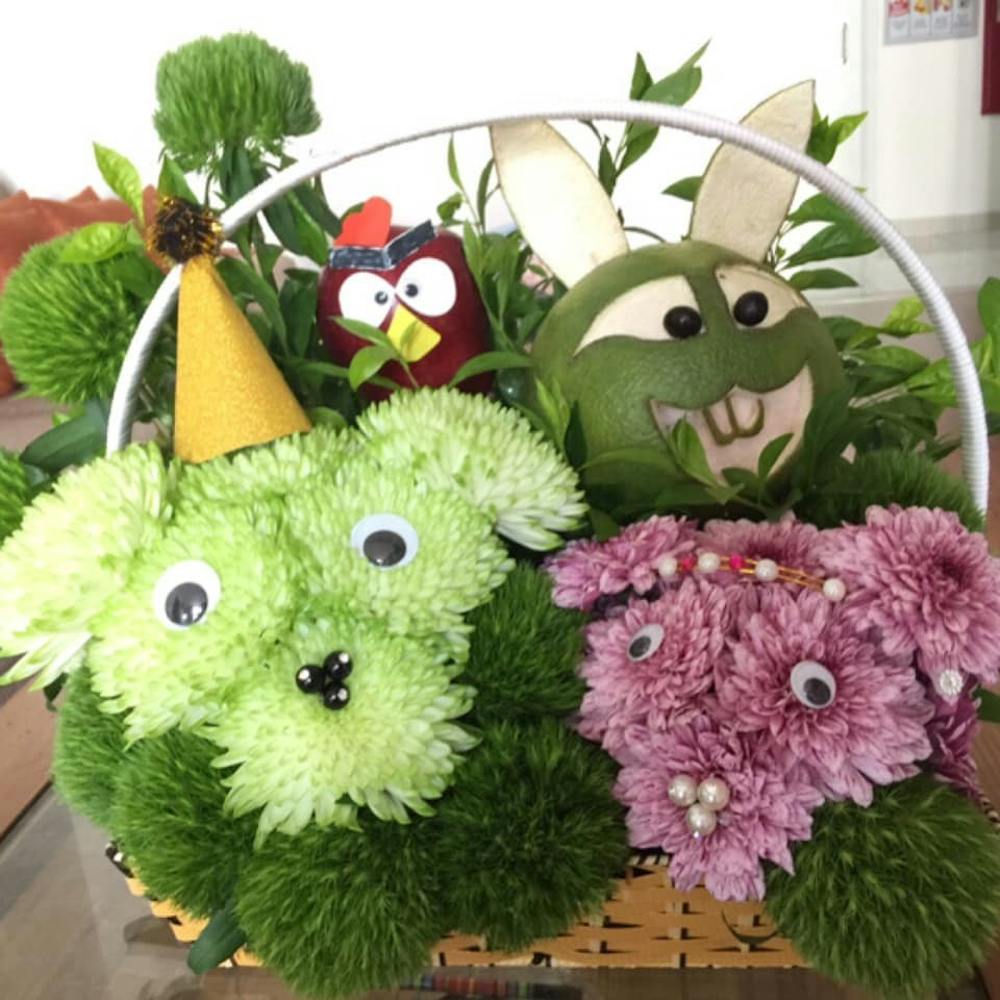
Photo courtesy of Professor Hạnh Nguyễn
Penn faculty members have also found creative ways to incorporate the Mid–Autumn Festival into their lesson plans. Professor Hạnh Nguyễn, the lecturer for Penn's heritage Vietnamese language classes, included elements of the festival into her classes. The festival fell on an instruction day, allowing Professor Nguyễn to have students eat and share Vietnamese traditional foods through the virtual screen.
Professor Nguyễn explained, “In Vietnam, the festival is primarily celebrated by children, which is rather different from other Asian countries. Parents will buy their children various types of lanterns, snacks, and funny masks. Fruits are also creatively arranged into animal figurines and bouquets.”
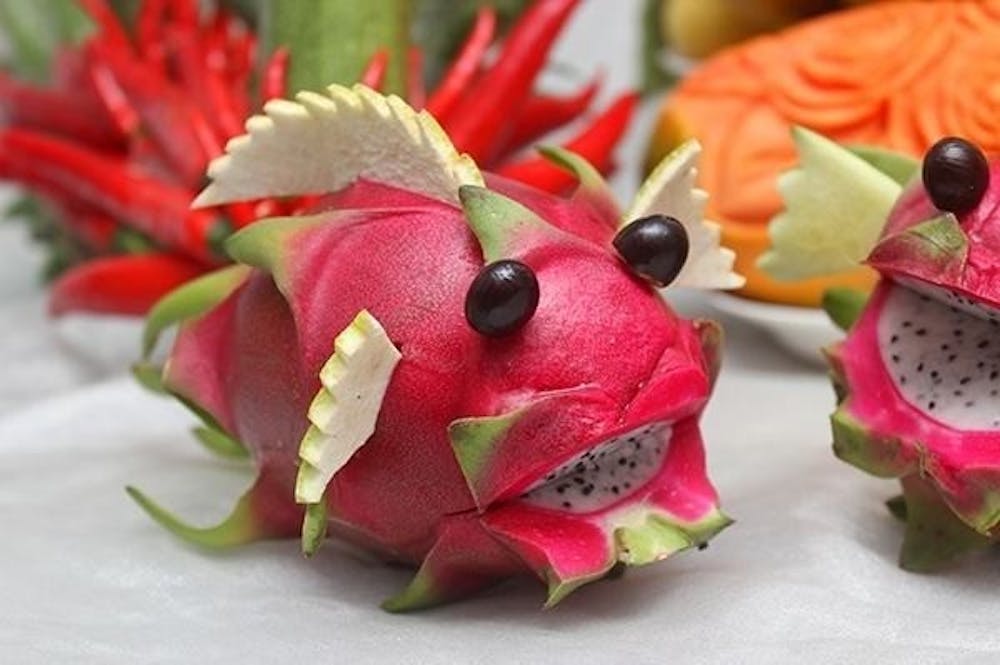
Photo courtesy of Professor Hạnh Nguyễn
Professor Grace Wu usually celebrates the Mid–Autumn Festival in her Chinese language classes by bringing mooncakes of different flavors to her students. However, this year she opted to show her students a video on the origins of the festival instead, which breaks down the meaning of the festival in a more comprehensive way.
“It is important to still immerse students with their culture. Some of my students are not with their families, and I wish to still provide them with discussions concerning the festival in Mandarin Chinese,” she explained [translated].
Her family and friends have mailed mooncakes and pineapple cakes to her home, including Taiwanese mooncakes, which have a flakier pastry dough and are filled with red bean and taro.
She added [translated], “More families have taken the time to learn how to make mooncakes. My friends and I have exchanged pictures, and this in itself has helped us feel more connected.”
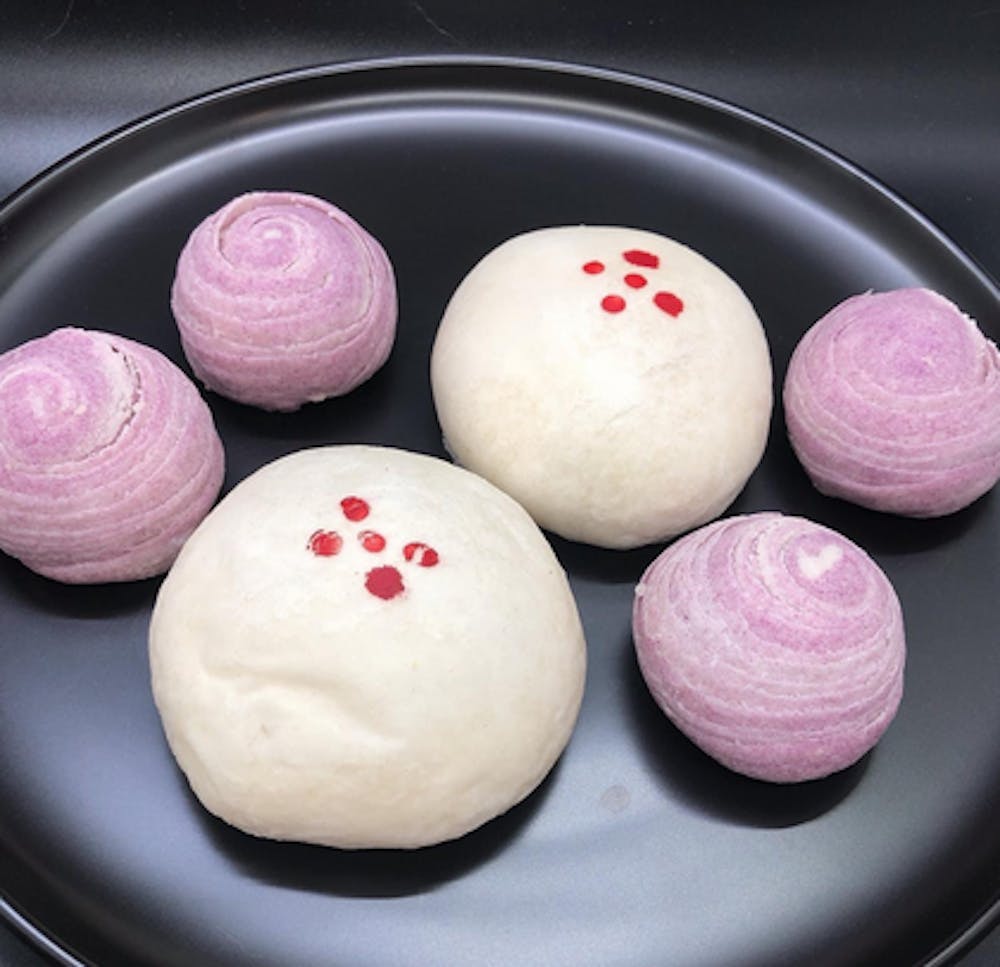
Photo courtesy of Professor Grace Wu
Though the COVID–19 pandemic has changed how many people chose to celebrate the Mid–Autumn Festival, there is no doubt that the desires to uphold traditions and connect with family have remained alive in our Penn community.
